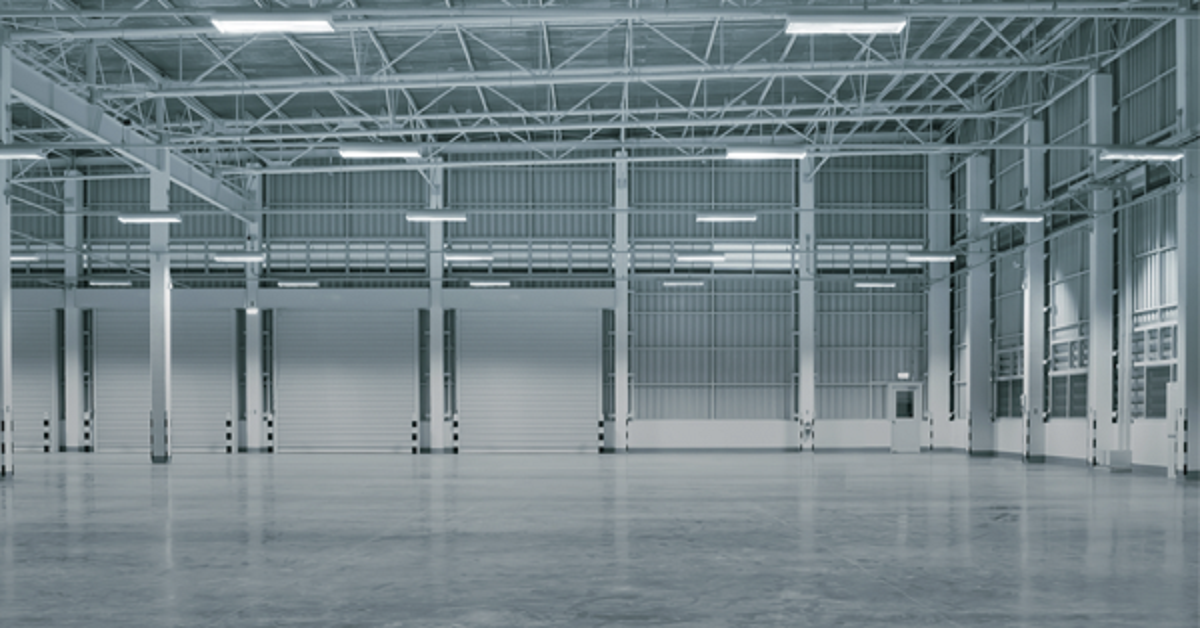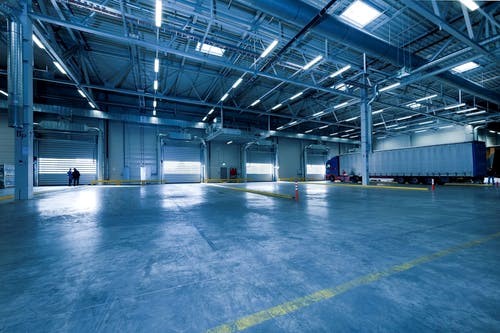
Warehouse logistics have come a long way over the past three decades. What was at one time defined by little more than a handheld ledger and a massive amount of due diligence, has now been transformed through the use of cutting-edge technology thanks to a host of advances in ecommerce platforms. While the impact of the digital world is quite clear, we are now moving above and beyond well-known methods, such as Microsoft Excel, and similar data entry systems. The world of virtual reality is beginning to play an interesting role and these very same systems are set to reinvent warehouse storage strategies as we know them.
What are the benefits of virtual reality? And, what will management need to take into account if such methods are to be seamlessly implemented within the workplace?

Clarity, Insight and a Proactive Mindset
In truth, the influx of VR does not necessarily represent a one-off revolution. Its presence has been arguably felt in the 1990s through the use of digitised flow charts and similar display modules (such as those often see within production lines). The main takeaway point here is that virtual reality is now moving above and beyond, rather simplified, two-dimensional images in order to provide users with a real-time appreciation of ongoing operations.
This is due largely in part to the use of 360-degree imagery which allows warehouse personnel to remotely manipulate vehicles while simultaneously monitoring other metrics including:
- The number of pallets on a rack
- How many individuals may be located within a given warehouse section
- Upcoming orders which need to be fulfilled
- Ambient conditions such as temperature and humidity
Such a centralised sense of clarity will lead to greater levels of in-house productivity and as a result, fewer logistical errors.
Ease of Transition
While virtual reality is certainly here to stay, warehouses have to be careful when adopting this technology. Management, and other stakeholders, should make sure that these solutions are able to work in conjunction with legacy applications such as the proprietary e-commerce packages provided by Shopify. The changeover could otherwise present problems in terms of downtime.
The second concern involves the ability to adopt a user-friendly system. Employee training periods should be kept to a minimum in order to maximise productivity. This is why it is critical to examine the UX (user interface) being offered and to determine how easy it will be for users to learn how to use it, especially those who have little prior technical experience. If the correct VR package is chosen, there is no doubt that the warehouse as a whole will benefit.
Virtual reality is certainly making waves within the supply chain industry. However, humans will nonetheless remain part of the loop well into the future. The fact of the matter is that even the most advanced software solutions can only go so far in terms of accuracy and hands-on efficiency. Warehouses that are able to appreciate the advantages associated with VR are slated to perform quite well.
